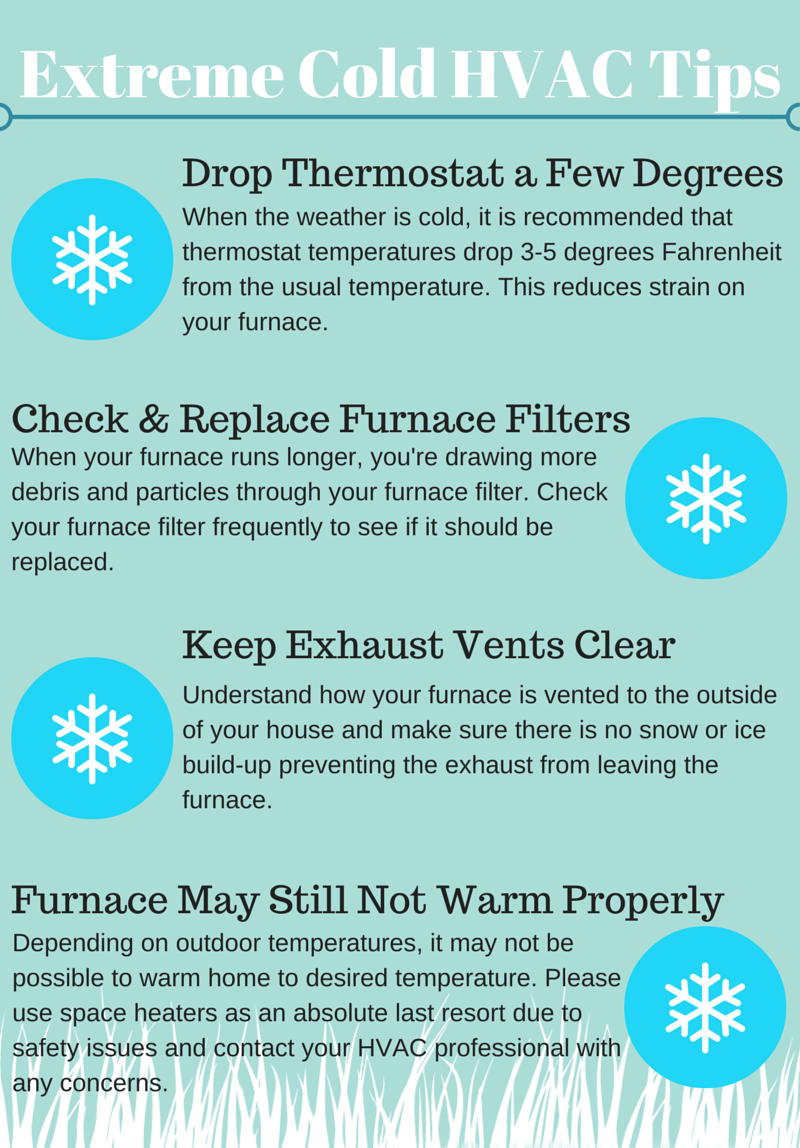Typical Risks To Prevent In The Setup Of Heat Pumps
Typical Risks To Prevent In The Setup Of Heat Pumps
Blog Article
Content Author-Parrish Morris
When mounting a heatpump, you need to avoid usual errors that might threaten its performance. Ignoring proper sizing might lead to inadequacies and greater utility prices. Disregarding insulation and sealing could cause power waste and strain on the system. Additionally, https://averagecosttoinstallhvacu64309.loginblogin.com/38107835/furnish-on-your-own-to-make-well-informed-choices-concerning-heat-pump-fixing-services-by-asking-pivotal-inquiries-that-can-save-your-time-money-and-reduce-tension-explore-this-overview-for-insights might impact its performance. By staying clear of these errors, you can make sure optimum operating and longevity of your heatpump system.
Improper Sizing of Heat Pump
When it involves the installation of heat pumps, one of the most common blunders is incorrectly sizing the device for your room. Guaranteeing the ideal dimension is essential for ideal efficiency. If the heatpump is as well small, it will have a hard time to warmth or cool your room successfully, causing boosted power expenses and prospective deterioration on the system.
On the other hand, if the heat pump is as well large, it will cycle on and off often, creating temperature level variations and minimizing its life-span.
To avoid this error, it's important to have an expert assess your room and recommend the ideal size of the heat pump based on variables like square footage, insulation, ceiling elevation, and regional climate. By spending the moment and effort to make sure the proper sizing, you can enjoy a comfy setting while taking full advantage of power efficiency and prolonging the lifespan of your heat pump.
Inadequate Insulation and Sealing
To ensure the efficient operation of your heatpump, it's critical to deal with poor insulation and sealing in your area. Proper insulation aids maintain a constant temperature level inside, reducing the workload on your heat pump. Inadequate insulation can bring about power loss, making your heatpump work harder and less efficiently.
Securing any spaces or leaks in your space is similarly important. These spaces permit conditioned air to leave and exterior air to permeate in, requiring your heatpump to compensate for the temperature changes.
Wrong Positioning of Outdoor Device
Attending to the placement of your heat pump's outside device is vital to optimizing its performance. Mounting the outside unit in a wrong location can cause performance problems and possible damage to the device.
One usual blunder to stay clear of is positioning the exterior system as well near to a wall surface or other structures. This can limit air movement, triggering the unit to function more difficult to warm or cool your area, eventually lowering its efficiency and lifespan.
One more mistake to steer clear of is placing the outdoor system in straight sunlight. While some sunlight is inescapable, excessive direct exposure can result in getting too hot, particularly throughout warm summer season days. related web-site to position the outdoor unit in a shaded location to help keep its optimal operating temperature level.
Additionally, make sure that the outside system is placed on a secure and degree surface area. Uneven ground can trigger resonances and unnecessary stress on the device, affecting its performance gradually.
https://www.which.co.uk/news/article/how-to-keep-cool-without-air-conditioning-ahOmY6J450Kl , preventing typical blunders during heat pump installment is necessary for maximizing performance and longevity of your system. By making sure correct sizing, ample insulation, securing, and appropriate placement of the outdoor system, you can avoid issues such as ineffectiveness, enhanced energy costs, and stress on the device. Making the effort to address these key aspects will ultimately save you money and time in the future.
